The Bible says King Solomon possessed such quantities of bronze (an alloy of copper and tin) that it became a common material, not worthy of being enumerated: “And Solomon did not weigh all the articles, because there were so many; the weight of the bronze was not determined” (1 Kings 7:47; nkjv).
Matthew Henry elaborated on this verse, stating: “The bronze vessels were unnumbered … because they were exceedingly numerous, and it would have been an endless thing to keep the account of them; neither was the weight of the brass, when it was delivered to the workmen, searched or inquired into; so honest were the workmen, and such great plenty of brass they had, that there was no danger of wanting.”
From where did Solomon acquire such vast supplies of copper?
This question first began to be answered almost 100 years ago by archaeologist Nelson Glueck as he ventured through the Wadi Arabah, an area comprising over 2,000 square kilometers (over 1,200 square miles) south of the Dead Sea. In this lowest place on Earth, the sunbaked arid climate has ensured that the landscape has remained largely unchanged through the millenniums.
Using his knowledge of pottery typology, along with his knowledge of the biblical text, Glueck dated two vast copper mining enterprises in the north and south of the valley to the 10th century b.c.e. In 1959, he wrote, “The mineral deposits of the Wadi Arabah had also been worked in previous ages, in fact as early as the time of Abraham and before that in the Chalcolithic period, too. Never, however, were they worked as intensively and in as coordinated fashion as from Solomon’s time on” (Rivers of the Desert).
In the late 20th century, skeptics began to criticize Glueck’s conclusion that the mines reached their peak during the time of David and Solomon. Criticism of his work grew so strong, Glueck even began to question his conclusion. Now, thanks to more than two decades of intense, well-documented archaeological and scientific work employing sophisticated technology, Glueck’s dating can be conclusively put to the test. And it turns out that he was right: The Arabah Valley mines reached their zenith during the time of the united monarchy in the 10th century b.c.e.
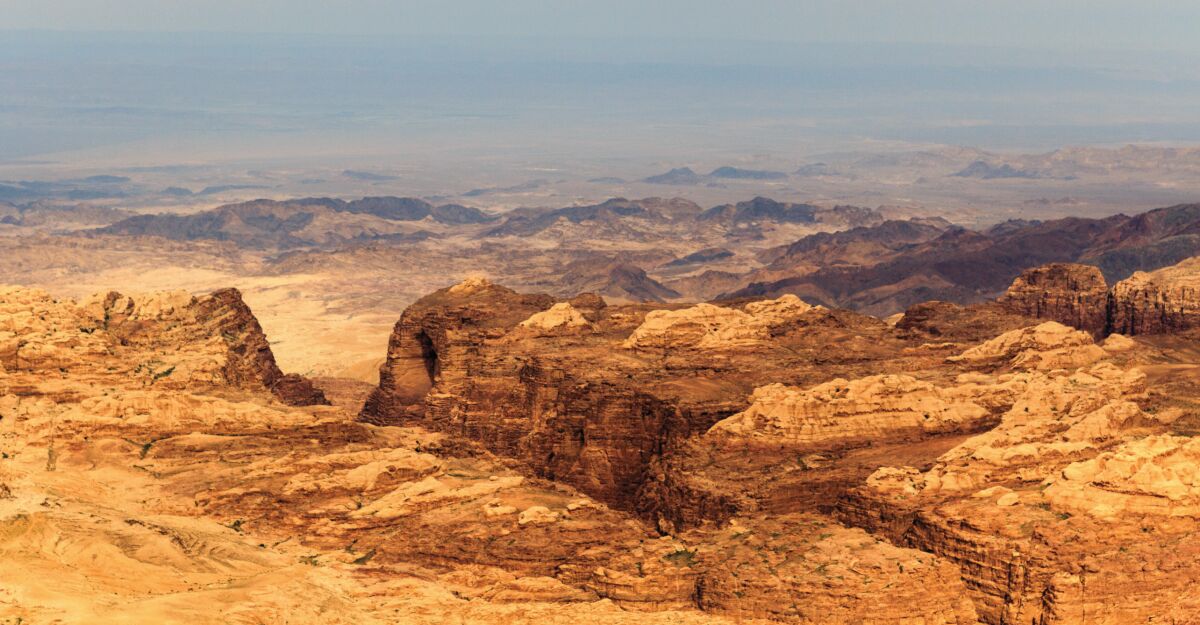
First Faynan
Situated in the north Arabah Valley, Faynan is part of a complex that incorporated 100 structures including mines, smelters and a large fortress to protect the valuable industrial operation. Situated 50 kilometers (30 miles) south of the Dead Sea and 25 kilometers north of the famed ruins of Petra in modern-day Jordan, Faynan is believed to be the largest Iron Age copper factory in the Middle East. The site furnished a seemingly unlimited supply of copper and has been the site of mining operations for thousands of years.
When Glueck passed by Khirbet en-Nahas, the largest smelting site in Faynan, he was able to date the site “by pottery fragments on the surface of the ground to the time of Solomon …” (ibid). Pottery chronology was less developed at the time, so Glueck was probably offering his best educated guess.
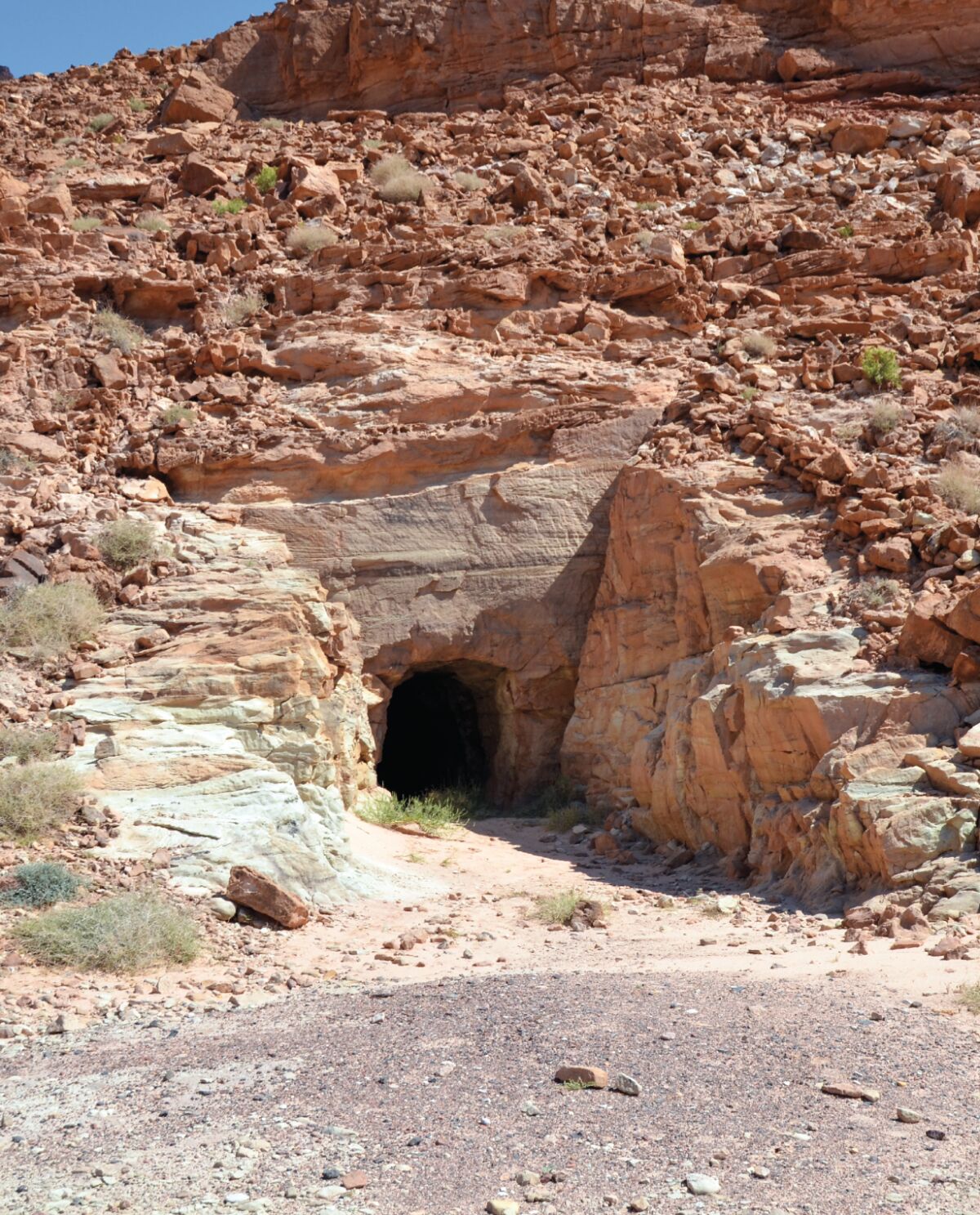
In the 1970s, owing to what they claimed was a dearth of large 10th-century structures, a team of British researchers pushed Glueck’s dating of major production to the eighth century b.c.e., about 200 years after Solomon’s reign. This new date fit neatly with the prevailing belief at the time that there were no complex societies in Israel or Jordan (biblical Edom) capable of operating such a large mining operation. Researchers believed such a significant operation could only be operated by a massive and sophisticated empire, and suggested the mines belonged to the Neo-Assyrian Empire of the late eighth century b.c.e.
Beginning in the early 2000s, a team led by Dr. Thomas Levy of the University of California–San Diego began a thorough reinvestigation of the site. Much to the surprise of many, Dr. Levy’s research, which included the use of new sophisticated technology and produced new data, pushed the dating of Faynan’s peak production back to the 10th century. “The Iron Age (circa 1200–500 b.c.e.) represents the emergence of the first historical local state-level societies and … is when the first industrial revolution in the southern Levant took place,” writes Levy (New Insights Into the Iron Age Archaeology of Edom, Southern Jordan).
Among the most important evidence unearthed were numerous samples of charcoal, which is produced by wood burned to create heat for the smelting of copper. Levy and his team carbon-dated multiple deposits of charcoal. In 2007, Levy published the results of the radiocarbon dating, which revealed that the most intense mining at the site took place in the 10th century b.c.e. His findings ignited criticism from several Bible skeptics, including Prof. Israel Finkelstein, who claimed it was impossible for the early dates to be correct because no nearby habitations dating to that time period had been found. How can you have a massive factory with no homes or city for workers to dwell?
Dr. Levy set out to collect more data. His team excavated through a 6-meter (20-foot) layer of slag (a by-product of the copper smelting process) near the center of the site, carefully documenting the locations of each piece of charcoal, as well as other artifacts. The charcoal was dated by an Oxford University physicist. Once again, radiocarbon dating revealed that a full 2.7 meters (9 feet) of the slag pile was produced in the 10th century b.c.e, giving additional evidence to the conclusion that the site reached peak production at this time.
Importantly, Levy also found that above this giant column of slag was evidence of a major disruption at the site. In the layers associated with the disruption, Levy’s team found an Egyptian scarab from the Eastern Nile region and an amulet linked to the Egyptian goddess Mut. The time period of the layers and finds associated with the mining disruption correlated with the late 10th century.

This is the period in which the Bible says Israel and Judah were invaded by Pharaoh Shishak (1 Kings 14:25). Around 925 b.c.e., after Solomon’s death, Shishak began raiding and conquering much of the southern Levant. This is documented in Egyptian records, which suggest Shishak’s troops occupied the city of Hatseva, about 13 kilometers (8 miles) from the mining complex.
Levy’s extensive excavations at Faynan presented skeptics with a challenge. He had uncovered an advanced mining operation, one that included massive charcoal-layered mining slag piles and artifacts that confirmed the biblically recorded invasion of Israel by Egypt. All of the evidence pointed toward the mine peaking during the 10th century b.c.e. Yet the post-Glueck theory was that it didn’t exist at this time.
But Faynan was only one piece of the puzzle.
Second Timna
Erez Ben-Yosef was a doctoral student when he excavated Faynan with Dr. Levy. In 2009, after earning a Ph.D. for his work on the Faynan mines and with experience excavating ancient mining operations, Dr. Ben-Yosef set off to investigate the massive mining complex at Timna. This site is situated about 100 kilometers (62 miles) further south along the western edge of the Arabah Valley and part of biblical Edom.
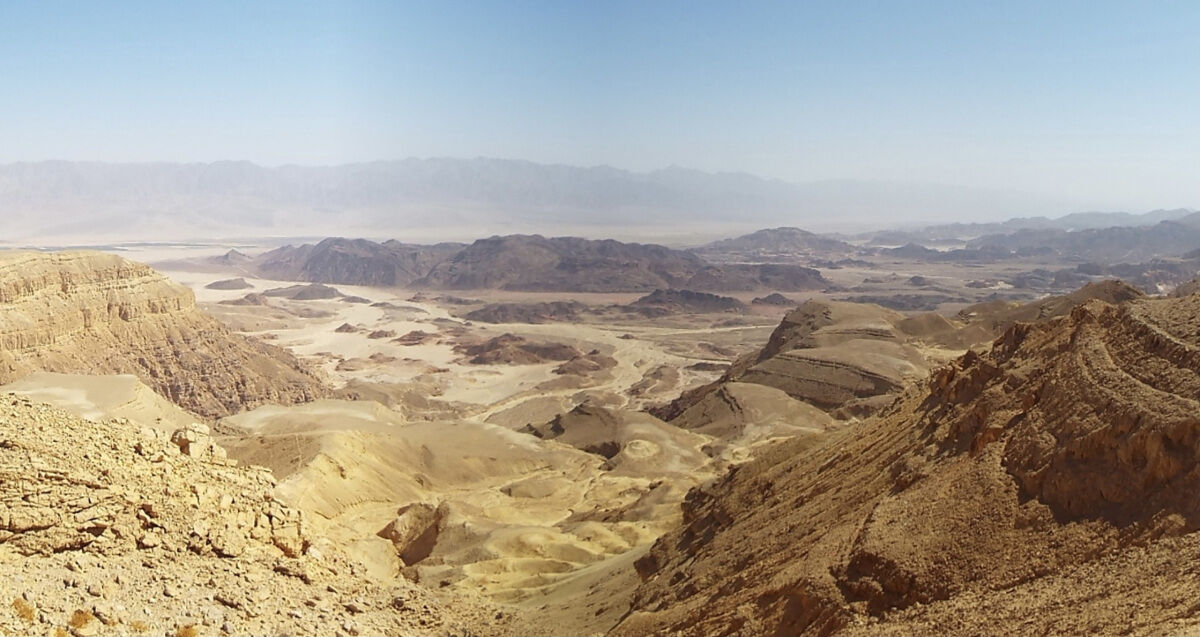
As with Faynan, Nelson Glueck had dated Timna to the 10th century b.c.e. But this site was also redated by skeptics out of the time period of the united monarchy.
In 1959, Beno Rothenberg, Glueck’s excavation photographer, started his own systematic excavation in Timna. At first, Rothenberg accepted the 10th-century dating for peak copper production at the site. However, in 1969, his team made a major discovery at the site: a large Egyptian temple from the 13th to 12th century b.c.e., 200 hundred years before David.
Rothenberg immediately concluded that the operation of the mine peaked under Egypt in the 13th century. As Ben-Yosef told the Armstrong Institute of Biblical Archaeology in September 2023, in Rothenberg’s view, the only conclusion to make was that “the Egyptians were responsible for the big peak in production.”
So Faynan and Timna, which were considered by Glueck to be a single operation related to the time of King Solomon, were now separated by roughly 500 years.
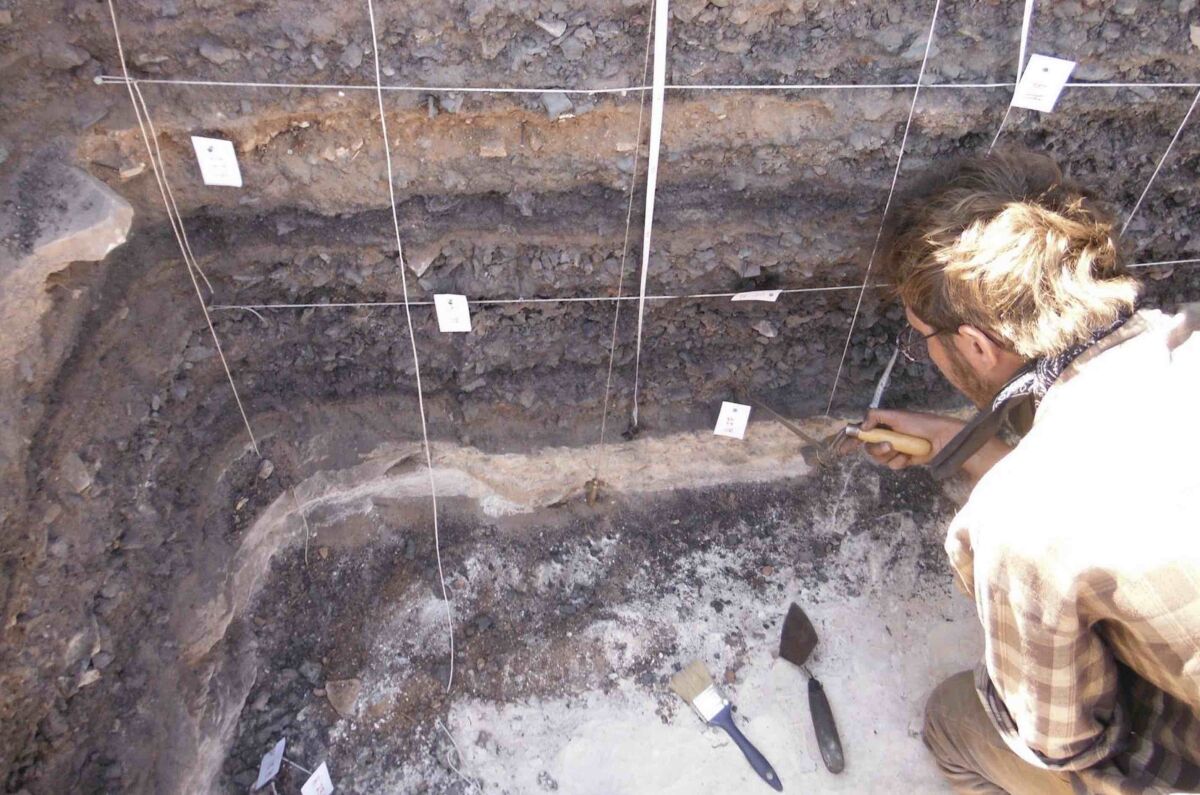
In 2009, when Ben-Yosef began examining Timna, the first thing he did was probe one of the large smelting sites, one that Rothenberg had dated to the time when Timna fell under Egyptian control. Ben-Yosef sent his own carbon samples for dating from this period of peak production. Much to his surprise, “not a single date we got back related to the Egyptian period. This was when we knew that there was an issue here.” He knew he had to investigate further.
Ben-Yosef’s comprehensive excavation of Timna began in 2013 and is ongoing. With each passing season, his team confirms not only the 10th-century date of the site but its connection with Faynan in the north.
Ben-Yosef’s research also revealed that the technology used at Timna to process the copper ore steadily improved over time. The scientists were able to make this conclusion by measuring the copper content of the slag. They found that the copper content in slag from the later time period was lower. This showed that improved technology had made the smelting process more efficient. The same was true at Faynan. In fact, the timing of the improved technological advancements at both sites corresponded perfectly with each other. Based on carbon-14 dating of organic remains in the slag heaps, the archaeologists were able to date the significant advancements to around the time of kings David and Solomon.
This shows that during the 10th century, the two mines were sharing knowledge and expertise, which suggests the presence of a centralized administration running the entire industrial enterprise. “This is sophisticated technology, and there are a lot of variables that went into it, from the preparation of charcoal to the mining of ore,” Ben-Yosef said. “Today, we have our research and development team. Anciently, they also had such people that were devoting their time to understanding and improving their technology. Every little step forward in both regions took place at the same time. This tells us that there was some kind of coordinating system which is another evidence that a kingdom was there at that time period.”
Further Evidence
In addition to carbon dating the charcoal inside the slag heaps at Timna, several other finds demonstrate that Timna reached peak operation in the 10th century and reveal the complexity of the larger operation and accompanying urban settlement. Many of these artifacts are relatively well preserved, thanks to the arid climate of the Arabah Valley (organic materials survive better in low humidity).
Among these discoveries are several textile and food remnants. Much to the surprise of Dr. Ben-Yosef and his team, both the textile and food remains show that local workers were clothed with expensive fabrics and consumed exotic food imported from across the Levant.
For decades, Timna was assumed to be a dirty, dilapidated mining town where slaves lived a simple life on a simple diet. Glueck himself even named part of the site “Slaves’ Hill.” The discoveries in the Timna dumps revealed a different picture.
First, the dress of this period was not the plain, minimalist style known to be worn by Egyptian workmen. In fact, it was more along the lines of Joseph’s “coat of many colors.” Archaeologists discovered several beautiful, colorful fragments of woven wool fabric, some variously striped with orange, black, blue and red weaves. (The Bible often describes the use of such blue and red dyes, and even mentions a personal request by King Solomon for a skilled man who can work in “crimson and blue yarn”—2 Chronicles 2:7; New International Version.) Analysis of the samples revealed that these fabric colors were achieved by employing a complex dyeing practice that required plants from the Mediterranean region.
One especially noteworthy discovery were pieces of 10th-century royal purple (argaman) textiles. This type of dye was manufactured by the Phoenicians. The royal purple fabric found at Timna was the first of its kind discovered in Iron Age Israel (it predated existing specimens by 1,000 years). Remarkably, it was uncovered in an ancient refuse dump in the middle of the desert in a 10th-century industrial mine.
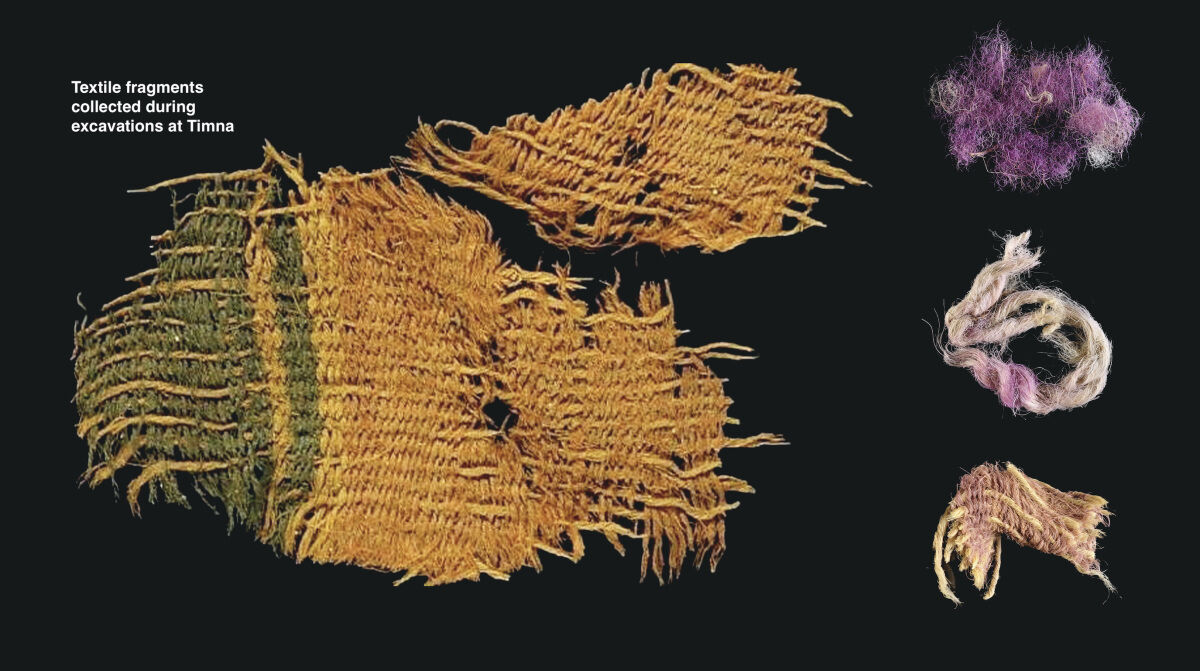
In addition to the hundreds of textile fragments, Dr. Ben-Yosef’s team found evidence of foods that could not have been easily grown in the desert climate and had to have been imported from across the region. The researchers found evidence of figs, grapes, olives, pomegranates, wheat and almonds. They even found the bones of fish sourced, not from the nearby Gulf of Aqaba, but from the much more distant Mediterranean Sea.
Studying this evidence, Ben-Yosef realized that all roads led north, into Israel’s much wealthier and more fertile heartland. Analysis of donkey manure revealed the beasts were fed a diet more consistent with Jerusalem and the Judean highlands than the desert.
What kind of wealthy, well-funded, well-dressed, well-fed people were on the scene at this time? And what kind of central government and trade enterprise existed to facilitate such a high standard of living?
While archaeology reveals a lot about the people who worked the mines at Timna and Faynan, it does not show dogmatically that there was a strong, central government in Israel. To answer this question and fill in some gaps, one must consider the historical source—one that archaeology proves to be complementary. We must consult the biblical text.
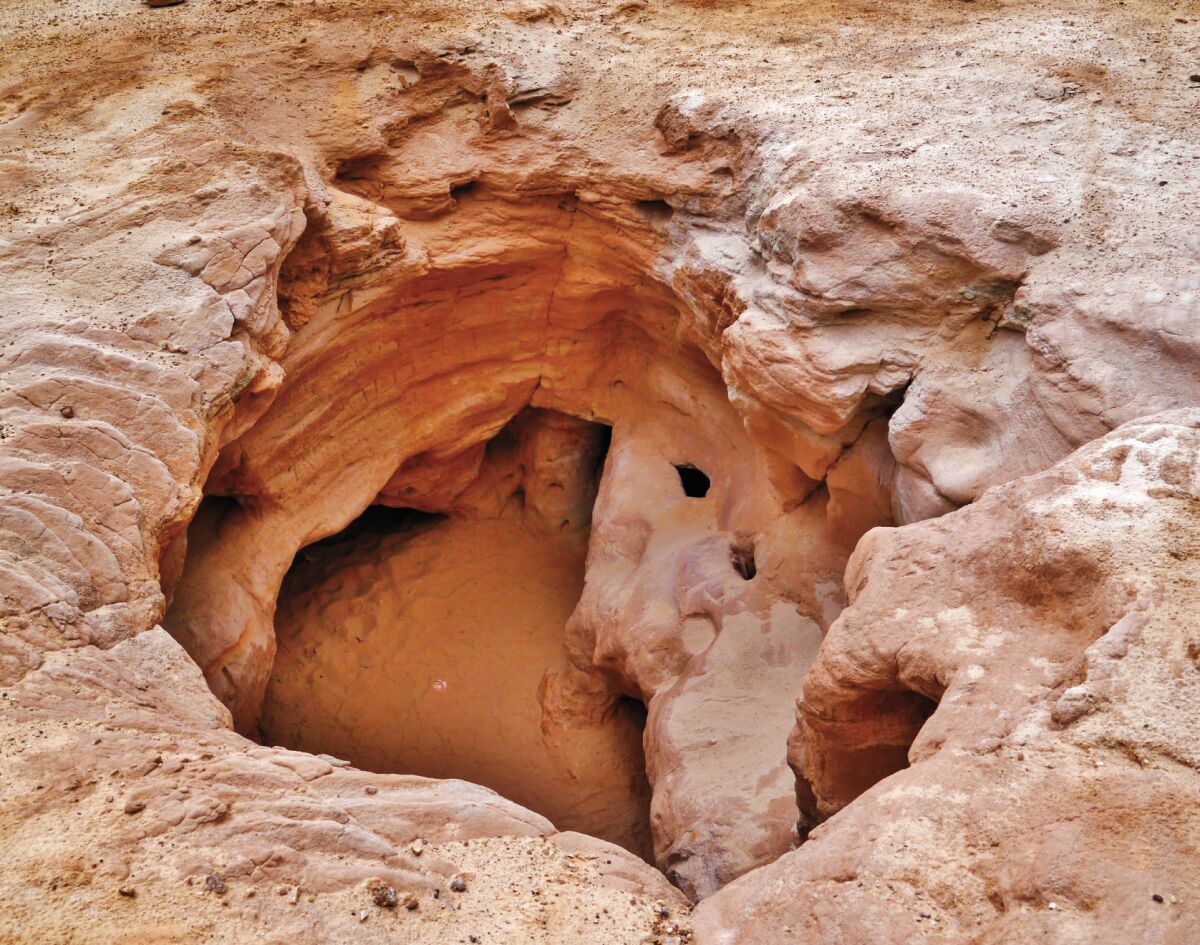
This is what Nelson Glueck did almost a century ago, and the most recent scientific work is proving him correct. Consider this remark by Ben-Yosef: “Above all, however, the demonstration of the existence of these ores in large quantities in the Wadi Arabah underscores once again the amazing accuracy of the historical memory of the Bible. Every syllable of the hitherto enigmatic description in the Bible of the Promised Land as being, among other things, a land ‘whose stones are iron and out of whose hills you can dig copper’ (Deuteronomy 8:9), has now been proven to be literally correct.”
This isn’t a religious or spiritual remark. It’s a statement of fact: When it comes to the Arabah Valley mines of the united monarchy, both the archaeology and the biblical text tell the same message. As Glueck wrote, they provide “an explanation of one of the chief sources of Solomon’s fabulous wealth. … It is revealed now that not only was he a great ruler of legendary wisdom, and a highly successful merchant prince and shipping magnate, but that he was a copper king of first rank, who transformed Israel into an industrial power.”
Finally, the Edomites
The Arabah Valley is located in the ancient territory of Edom, which was settled by the descendants of Esau, Abraham’s grandson.
Although they were cousins, the Edomites denied the Israelites passage through their territory when they were en route to the Promised Land (Numbers 20:14-21). Israel was forced to travel south to the Red Sea and circumnavigate Edomite land instead of taking the King’s Highway, a more efficient path through the heart of Edomite territory.
There is a lot of debate about the timing of Edom’s transition from a group of nomadic tribes to a united nation with a centralized government. The Bible discusses the existence of an organized and centralized Edomite state prior to Israel’s migration: “And these are the kings that reigned in the land of Edom, before there reigned any king over the children of Israel” (Genesis 36:31). Saul was crowned king of Israel around 1040 b.c.e. The finds from the Arabah Valley mines, which are separated by more than 100 kilometers (62 miles), indicate that Edom had a central authority dating back to at least 1100 b.c.e., over 50 years before Saul became king.
It was during this period of early Edomite statehood in the 11th century that the copper mines in the Arabah Valley started to move toward their peak production. The Bible records that when David became king of Israel, he led a campaign into the Arabah Valley to subjugate the Edomites. 2 Samuel 8:14 says, “And he [David] put garrisons in Edom; throughout all Edom put he garrisons, and all the Edomites became servants to David.”

Logically, this is when the Edomite mining operations most likely fell under David and Israel’s control. While archaeology is limited in what it can tell us about the exact nature of the Israel-Edom relationship, Ben-Yosef said: “The Bible tells us about David going south of the Dead Sea and the valley of salt and conquering the region and putting garrisons all over the land. And since then, Edom was subjugated to Jerusalem. But even during this time of subjugation, you should imagine a pact or agreement where the Edomites pay tax to Jerusalem ….”
While Ben-Yosef cannot say whether or not King David or Solomon were in charge of the Arabah Valley mines, he is certain that “the industry was flourishing during the 10th century—during the days of David and Solomon.” He also believes the relationship “could not have been so successful without some kind of pact. There had to be some kind of an organization of the power relations, and subjugation of the Edomites to Jerusalem can definitely be part of it.”
Ben-Yosef also believes that the mines reveal part of David’s motivation to expand the kingdom further to the south. While the Edomites worked the mines, King David would want “control of the most lucrative and important resource of the region, and so we have the best reason for David to go to the south,” Ben-Yosef said. Controlling such a vast supply of copper might have even become the chief revenue stream for the kingdom of Israel during the time of the united monarchy.
For Dr. Ben-Yosef, it is obvious that the Arabah Valley mines were the main “source of copper to the temple that Solomon built.”
By Ben-Yosef’s calculations, the amount of copper produced at the Arabah Valley mines during the 10th century far exceeded what could be consumed locally by the Edomites and Israelites combined. This means the copper was exported, especially since Cyprus, one of the primary copper producers in the Mediterranean, was relatively weak at the time.
During the early years of his research, Dr. Ben-Yosef and his team had difficulty convincing some scholars that Timna’s mines were prodigious copper producers. More recently, however, several studies have demonstrated that copper from the Arabah Valley was used throughout the Mediterranean region in the 10th century b.c.e. For example, copper sourced from the mines in southern Israel has been found in Egypt, Lebanon, northern Israel, Greece and perhaps as far away as Sardinia. “There was no other option in that particular time, in the 10th century, rather than Edomite copper [under the control of Israel],” stated Dr. Ben-Yosef.
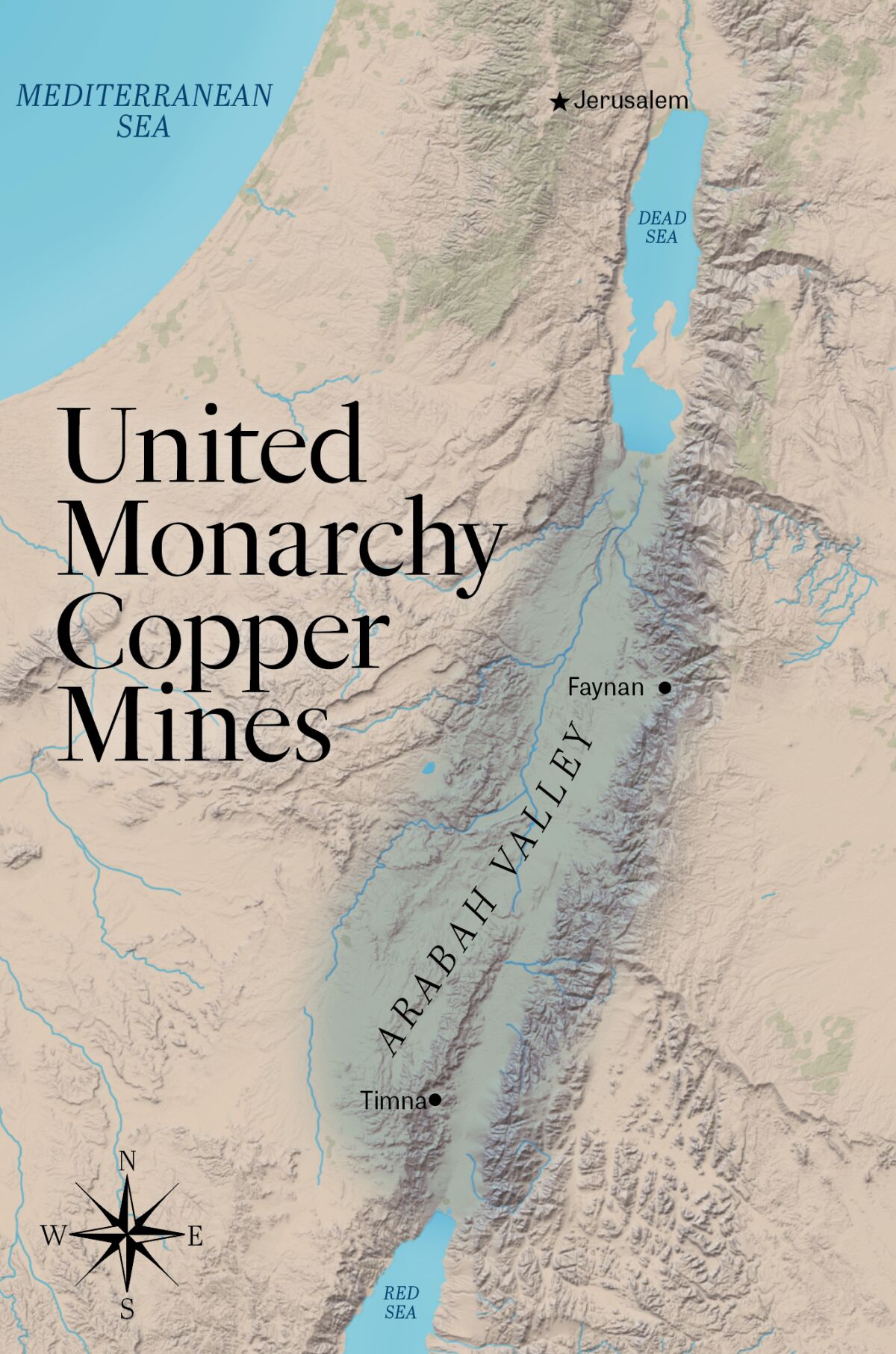
Going one step further, Ben-Yosef also believes the copper enterprises in the south underpinned the kingdom’s larger economy. Minimalist scholars have long argued that it would have been impossible for Jerusalem, with a limited agrarian economy, to have been a major economic and trade power. Trade based on goats, sheep, olive oil and wine, among other goods, could only go so far in building the wealth of the kingdom. But when you factor in Israel’s industrial mines in the Arabah Valley, this “can very much explain the wealth of the city in this time period.”
Just Getting Started
While archaeological excavations in Faynan and Timna have been underway for many years and have furnished some significant finds, including evidence of a sophisticated and productive mining industry that peaked in the 10th century b.c.e., only a small sampling of the region’s mines and mine-related sites have been explored. The Timna region, for example, is dotted with massive slag heaps, some more than 6 meters (20 feet) high and is peppered with 10,000 mine shafts, some more than 40 meters (131 feet) deep. This shows just how vast the mining operations were.
There is still plenty of territory and ancient sites yet to be explored.
The biblical text’s claim that Israel at the time of King Solomon possessed so much bronze it was impossible to measure is bold. If there wasn’t evidence to support it, it would be hard to believe. But there is historical evidence that proves that the kingdom of Israel in the 10th century b.c.e. not only controlled copper mines and industrial operations, but that these mines were truly massive and sophisticated.

